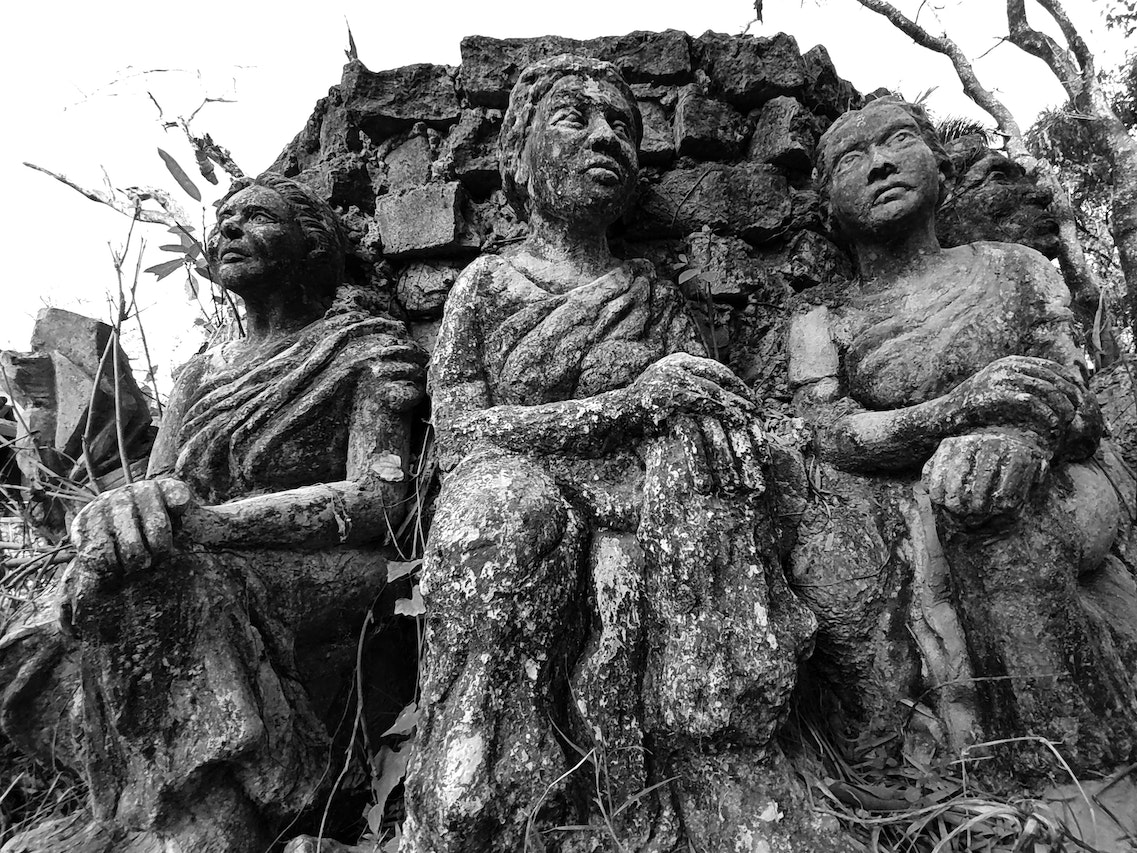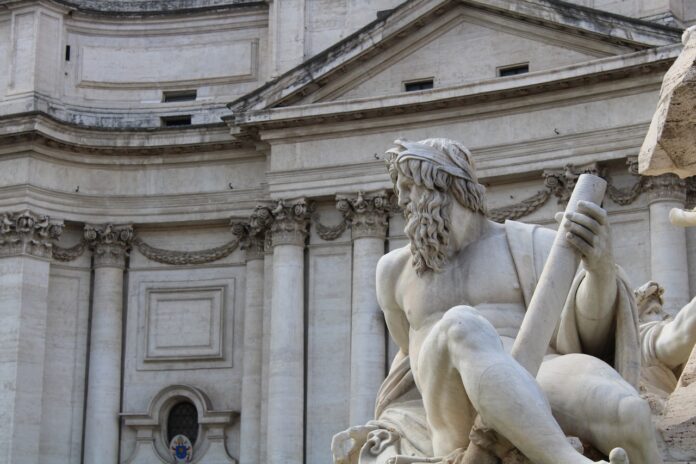All Around the World Statues Crumble for Me Game Grumps
All around the world, statues crumble for me, the Game Grumps. This iconic gaming duo has captivated audiences worldwide with their hilarious commentary and entertaining gameplay. From their humble beginnings on YouTube to their massive following today, they have become a force to be reckoned with in the gaming community.
The Game Grumps’ popularity knows no bounds, as fans from every corner of the globe eagerly await their next video release. Whether it’s watching them conquer challenging levels or laughing along with their witty banter, there’s something undeniably addictive about their content.
As these statues crumble for me, it becomes clear that the impact of the Game Grumps reaches far beyond just gaming. They have created a tight-knit community of dedicated followers who share a common love for their unique brand of humour and infectious personalities.
Common Materials Used in Statue Construction
When it comes to constructing statues, various materials are used worldwide. These materials play a crucial role in determining the durability, appearance, and overall aesthetic of the statues. In this section, we’ll explore some of the common materials that have been used throughout history to create these magnificent structures.
- Stone: Stone has been one of the most popular materials for statue construction since ancient times. From marble to granite and limestone, different types of stone offer unique qualities and textures that enhance the artistic value of the statues. Stone statues can withstand harsh weather conditions and stand the test of time, making them a preferred choice for outdoor installations.
- Metal: Metal sculptures have their own allure and are often created using bronze or iron alloys. Bronze is particularly favored due to its strength and ability to capture intricate details. Metal statues are not only visually captivating but also possess great longevity when properly maintained.
- Concrete: Concrete is widely used in contemporary statue construction due to its versatility and cost-effectiveness. It allows artists to experiment with various forms and shapes while providing excellent structural integrity. Additionally, concrete can be reinforced with steel bars for added strength, making it suitable for large-scale sculptures.
- Wood: Wooden statues hold a special place in many cultures around the world due to their organic warmth and natural beauty. Different types of wood such as oak, teak, or cedar are chosen based on their durability and resistance to decay. However, wooden statues require regular maintenance against rotting or insect infestations.
Statue construction is an art that combines creativity, craftsmanship, and engineering. The choice of material depends on factors such as the intended location, desired lifespan, and artistic vision. By using these diverse materials, artists can bring to life awe-inspiring statues that captivate audiences all around the world.

Famous Statues That Have Crumbled Over Time
Throughout history, there have been numerous majestic statues that stood tall and proud, only to succumb to the relentless passage of time. These iconic structures, once revered for their grandeur and significance, now exist as mere remnants of the past. In this section, we’ll explore some famous statues from around the world that have crumbled over time.
- The Colossus of Rhodes: One of the Seven Wonders of the Ancient World, the Colossus of Rhodes was a massive statue depicting the Greek god Helios. Erected in 280 BC on the island of Rhodes in Greece, it stood approximately 110 feet tall. However, after just 56 years of standing proudly at the harbor’s entrance, an earthquake struck in 226 BC, toppling this magnificent masterpiece.
- The Buddhas of Bamiyan: Located in Afghanistan’s Bamiyan Valley, these colossal Buddha statues were carved into sandstone cliffs during the 6th century AD. Standing at heights exceeding 100 feet, they were remarkable examples of Gandhara artistry and Buddhist culture. Tragically, in 2001, Taliban militants destroyed these ancient treasures with explosives as part of their campaign against “idolatrous” images.
- The Statue of Liberty (Game Grumps reference): While not completely crumbling like some others on this list, I thought it would be interesting to mention our beloved Statue of Liberty here for a playful twist! This iconic symbol stands proudly on Liberty Island in New York Harbor and has become synonymous with freedom and democracy worldwide. Although she may weather storms and face wear over time due to exposure to elements such as saltwater corrosion or pollution particles carried by winds from nearby cities like Newark or Jersey City across Hudson River; luckily repairs are frequently conducted so she can continue welcoming visitors from all around the world without crumbling away!
- The Great Sphinx of Giza: Constructed during the reign of Pharaoh Khafre in ancient Egypt, the Great Sphinx is a colossal statue with the body of a lion and the head of a human. Carved from limestone, it measures about 240 feet long and 66 feet high. Over thousands of years, erosion caused by wind and sand gradually wore away at this magnificent monument.
- The Moai Statues of Easter Island: Located on remote Easter Island in the Pacific Ocean, these enigmatic statues known as “Moai” were created by the Rapa Nui people between the 13th and 16th centuries. Carved from volcanic rock, some of these monolithic figures reached heights exceeding 30 feet and weighed up to 75 tons. However, due to various factors including deforestation and societal collapse, many of these impressive statues have toppled over or crumbled into pieces.
As we reflect on these crumbling statues from different corners of the globe, it’s a reminder that even the most remarkable creations are not immune to time’s unforgiving passage. These remnants serve as both a testament to human ingenuity and a humbling realization that nothing lasts forever.


